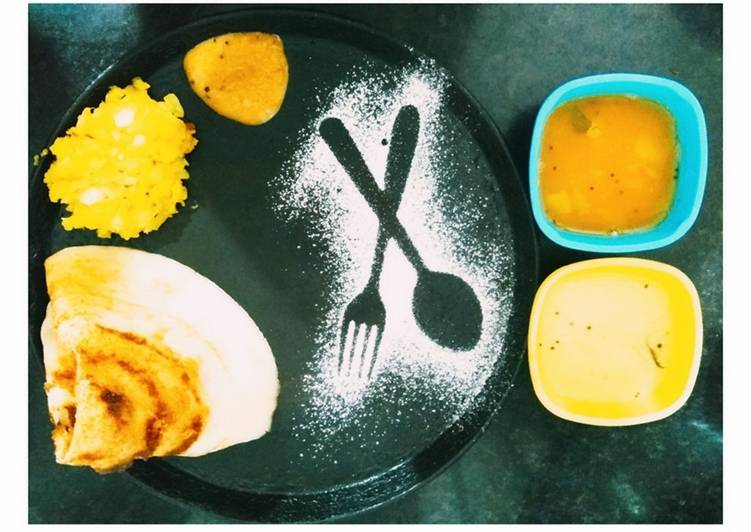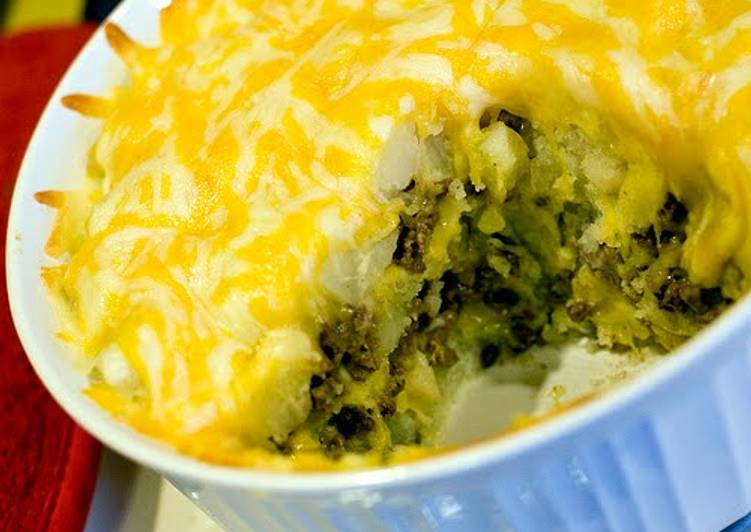Hey everyone, welcome to our recipe page, If you're looking for recipes idea to cook today, look no further! We provide you only the best Umeboshi- Japanese pickled plums / salt-preserved plums recipe here. We also have wide variety of recipes to try.

Before you jump to Umeboshi- Japanese pickled plums / salt-preserved plums recipe, you may want to read this short interesting healthy tips about {Easy Ways to Get Healthy. Getting A Healthy Eater
Healthy self esteem originates from the environment found at the: family, school, peer group, work area, and neighborhood. There are particular characteristics of your surroundings that have to be present in order for self respect to be fostered and grow.
The principal part of a healthy environment for self esteem is it needs to be nurturing. It should offer incomparable warmth, love, and affectionate. It ought to provide the realization that other people are known as deserving to be nurtured, reinforced, rewarded, and ensured to.
Healthy atmosphere for self esteem conveys messages of warmth, loving, and affectionate by physical contact, meeting the survival needs of food, clothing and shelter, and giving a feeling of stability and order in everyday life.
A healthy environment for self esteem ought to offer approval. It will recognize the other people see each other as deserving individuals that have a unique set of personality characteristics, skills, abilities, and competencies which makes them special. Acceptance enables people to create relationships with other people, nevertheless maintain healthy boundaries of individuality inside themselves.
From the healthy environment for self esteem ought to be good communication, everyone should be heard and reacted to in a healthy way to ensure healthy problem solving is possible. Appropriate giving and receiving feedback is encouraged and rewarded.
That comprehension and approval should not be based on the condition they must first conform to a prescribed standard of behavior or behavior. That is unhealthy. Unconditional recognition and approval contributed in the form of support allows individuals to achieve their ultimate potential.
The healthy environment for self regard should be clearly identified and enforced limits known to people with no hidden tricks or exploitation. Limits allow individuals to recognize their responsibilities and to chart their path of behaviour in a reasonable way.
Respect and latitude for human action within the defined limits of their healthy atmosphere for self regard ought to be present also. This encourages people to use their creativity, ingenuity, and creativity to be productive within the recognized structure. Limits that suppress individuality can cause a narrow focus, with people becoming stunted and handicapped in the use of their personal skills, skills, and tools.
Ultimately, healthy atmosphere for self esteem should be bonding, which is the physical/emotional occurrence between individuals and the others in their own surroundings. This is vital for the growth of healthy self esteem. This includes the substantial additional giving unconditional love and support in addition to developing a psychological link between every other.
We hope you got insight from reading it, now let’s go back to umeboshi- japanese pickled plums / salt-preserved plums recipe. You can cook umeboshi- japanese pickled plums / salt-preserved plums using 4 ingredients and 7 steps. Here is how you cook that.
The ingredients needed to prepare Umeboshi- Japanese pickled plums / salt-preserved plums:
- Prepare 2 kg ripe plums
- Get 300 g salt
- You need 300 g Red shiso leaves (if you have)
- Use 2 Tbs salt
Steps to make Umeboshi- Japanese pickled plums / salt-preserved plums:
- Wash plums gently, remove hulls with a bamboo stick, and dry well with paper towels one by one. Please make sure the plums are dried well otherwise the moisture of plums will cause growing mold in the jar.
- Place the plums in a clean jar, add the salt and mix well with a sanitized spatula or your hands with gloves on to make sure that inside of the jar is kept clean. Put plastic wrap over the plums (making it stick to the surface of the plums) and put a drop lid or flat plate on the plastic wrap. Then put 4kg weight on the plate. A few days later, you will see some quantity of water may be released from the plums, then reduce the weight to 2 kg. Leave it for a week in cool, dark place.
- One week later, you will see a lot of water released from the plum and find red shiso begins on the market.Remove the stems from the red shiso and wash it. Place the leaves into a bowl, add of salt and rub it with your hands and squeezing the leaves to remove any moisture. Do the same thing again with the last salt.
- Place the leaves into a clean bowl, add 1 cup of plum juice from the jar, mix well and put it back on top of plums in the jar. Put plastic wrap over it again (making the wrap stick to the surface of the shiso leaves) and put back the drop rid or flat plate on. No need to put the weight this time. If the jar has it's own lid, put the lid on.
- When the rainy season is over (a few weeks later from the red shiso is added to the jar), take all the plums and the red shiso leaves out from the jar, place them onto sieves or flat strainer and let them spread over sieves in a single layer. Let them sun dry, from a few hours, up to 3 days.
- Please keep the liquid. we call it ume-zu(plum vinegar) and you can use it for cooking as you use vinegar for your cooking.
- The dried plums should be kept in a sanitized jar with lid and will remain good for many years. Put the dried shiso leaves in a food processor and make it into coarse powder, then it'll be delicious furikake seasonings. (Furikake is toppings for rice. You can sprinkle furikake on your rice)
Initially, the preserved plums are actually yellow, not the familiar red you typically see Umeboshi. Ume (梅) or umeboshi (梅干し) is Japanese salted plums or Japanese pickled plums. It is a popular kind of Japanese pickles (Tsukemono) and they are extremely sour and salty. We usually serve umeboshi with rice or rice balls (onigiri). Among all kinds of umeboshi, Nanko Plums (南高梅 なんこ.
If you find this Umeboshi- Japanese pickled plums / salt-preserved plums recipe valuable please share it to your good friends or family, thank you and good luck.


